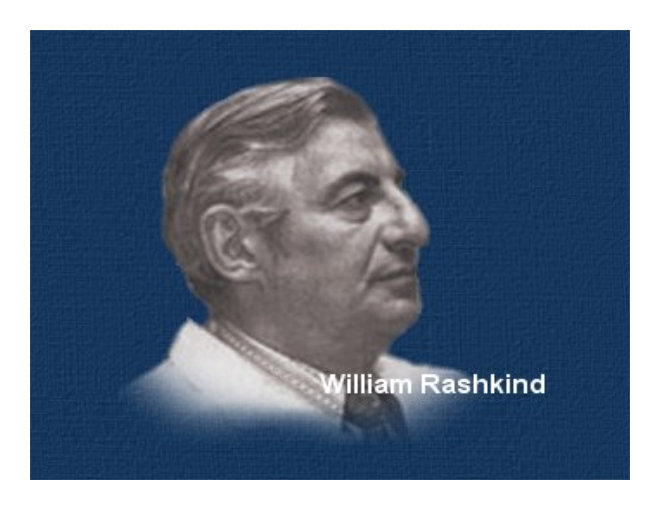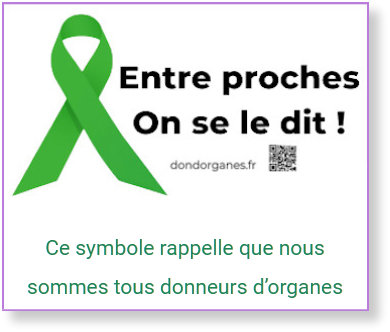William RASHKIND
Célébrités en cardiologie
(Celebrities in cardiology)

William RASHKIND. © Heart and Coeur ©
 William RASHKIND
William RASHKIND
La manœuvre de Rashkind ou atrioseptotomie de Rashkind
Dr. William Rashkind, le pére de la cardiologie interventionnelle.
En 1966, dans un projet financé par le Southeastern Pennsylvania Heart Association, le Dr. le William RASHKIND développe un procédé pour corriger une cardiopathie congènitale, avec un ballon "transseptal septostomy" (septostomie atriale).
Grace à cette procédure qui porte son nom, que William RASHKIND devint le pére de ce vaste domaine qu'est actuellement le cathétérisme interventionnel dans ce domaine passionnant des cardiopathies congènitales.
La manœuvre de Rashkind ou atrioseptotomie de Rashkind est un geste de cardiologie interventionnelle pratiqué le plus tôt possible après la naissance chez les nouveau-nés présentant une transposition des gros vaisseaux. Cette manoeuvre vise à créer artificiellement une large communication entre l'oreillette droite et l'oreillette gauche. Le chirurgien américain William Rashkind a été le premier à réaliser une septostomie atriale: Depuis une veine des jambes, il introduisit un cathéter jusqu'au septum (paroi intermédiaire) de l'oreillette gauche pour y prélever un morceau de tissu qu'il retira, créant ainsi une ouverture plus vaste dans la paroi.
Cette intervention permet aux nourrissons présentant une transposition des grandes artéres (malformation cardiaque congènitale) de survivre jusqu'a l'opération grâce à cette atrioseptostomie au ballon qui permet, en élargissant la communication inter-auriculaire naturelle, un meilleur mélange sanguin dans la transposition des gros vaisseaux.
Dans la même catégorie voir au bas de la page le lien: Forssmann Werner Theodor Otto/a>
 William RASHKIND
William RASHKIND
The Rashkind procedure
Dr. William Rashkind, the father of pediatric interventional cardiology.
In a project funded by the Southeastern Pennsylvania Heart Association, Dr. William RASHKIND develops transseptal balloon septostomy, in the year 1966, a procedure to correct septal defects. and William RASHKIND became the father of this intervention.
Also known as the Rashkind procedure, a balloon atrial septostomy is a catheter-based procedure that widens a naturally occurring hole in the wall (septum) between the two upper chambers of the heart (atria).
This hole is called an atrial septal defect (ASD). The procedure is usually performed in newborns with one or more heart defects, which reduce the amount of oxygen-rich blood circulating through the body.
As a result, the infant tends to have a bluish tint (cyanosis) to the skin, lips, fingernails and other parts of the body, a condition often called blue baby. A successful balloon atrial septostomy is a nonsurgical procedure that widens the ASD in order to improve circulation until all the heart defects present can be surgically repaired.
As a result of the balloon atrial septostomy, the baby's color returns to its natural, healthier tone.
In the same category see the link below: Werner Theodor Otto Forssmann



